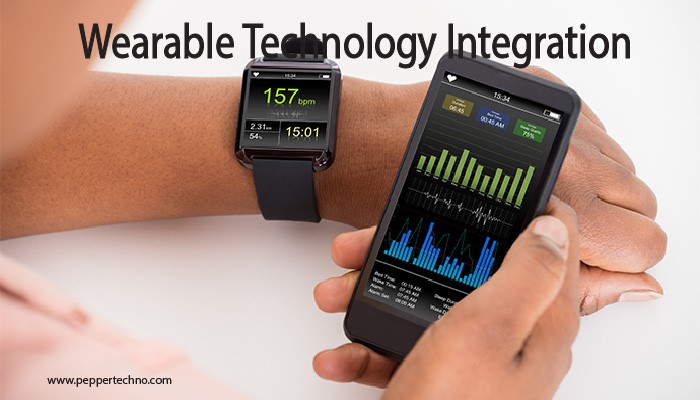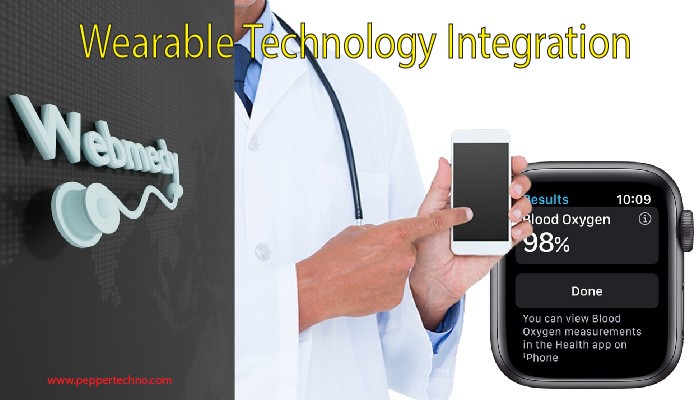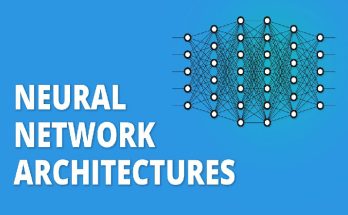Trends in Wearable Technology Integration: A Overview
Welcome to the exciting world of wearable technology integration! Imagine a future where your accessories not only complement your style but also enhance your daily life in ways you never thought possible. From tracking our fitness goals to seamlessly connecting us with information, wearables have come a long way from simple step counters. Let’s dive into how these innovative devices are revolutionizing the way we live, work, and play.

The Evolution of Wearables: From Fitness Trackers to Smartwatches
Wearable technology has come a long way since the days of basic fitness trackers. These devices have evolved into sophisticated smartwatches that do so much more than just count your steps.
From monitoring heart rate and sleep patterns to receiving notifications and making calls, smartwatches have truly revolutionized how we interact with technology on a daily basis.
They have seamlessly integrated into our lives, becoming an essential accessory for many people who rely on them not only for fitness tracking but also as a fashion statement and productivity tool.
The evolution of wearables continues to push boundaries with features like GPS tracking, contactless payments, and even ECG capabilities, making them versatile companions in various aspects of our lives.
How Wearables are Integrating into our Daily Lives
Wearable technology has seamlessly integrated into our daily lives, becoming more than just a fashion statement. From smartwatches that keep us connected to fitness trackers that motivate us to stay active, wearables have revolutionized how we interact with technology on a day-to-day basis.
These devices have become our personal assistants, reminding us of appointments, tracking our steps and calories burned, and even monitoring our heart rate. They provide real-time data that empowers us to make healthier choices and live more efficiently.
Whether it’s receiving notifications on the go or monitoring our sleep patterns at night, wearables have become an essential part of modern living. With advancements in AI and machine learning, these devices are only going to become smarter and more intuitive in the future.
As wearables continue to evolve and integrate further into our routines, they are set to redefine convenience and connectivity in ways we never imagined before.
Advancements in Health and Medical Applications
The integration of wearable technology in health and medical applications has been revolutionary. Devices like smartwatches can now track vital signs, monitor sleep patterns, and even detect irregular heartbeats. These advancements allow individuals to take a more proactive approach to their health.
Furthermore, wearable devices are increasingly used in the medical field for remote patient monitoring. This enables healthcare providers to continuously monitor patients’ conditions without requiring them to be physically present in a hospital or clinic. The real-time data provided by wearables can lead to quicker interventions and improved outcomes for patients.
Additionally, wearables are being utilized in clinical trials to gather more accurate and comprehensive data from participants. This not only enhances the efficiency of research studies but also provides researchers with valuable insights into various health conditions.
The ongoing advancements in wearable technology have the potential to significantly impact the way we manage our health and receive medical care.
Impact on Industries such as Healthcare, Retail, and Sports
The integration of wearable technology is revolutionizing various industries, including healthcare, retail, and sports. In the healthcare sector, wearables are empowering individuals to monitor their health in real-time, leading to proactive interventions and better management of chronic conditions.
Retailers are leveraging wearables to enhance the customer experience through personalized recommendations based on user data collected from devices. This personalized approach creates a more engaging shopping experience and increases customer loyalty.
In the sports industry, athletes are using wearables to track performance metrics such as heart rate, distance covered, and calories burned. This data helps optimize training routines and prevent injuries by providing insights into areas for improvement.
Wearable technology is reshaping how these industries operate by fostering innovation and efficiency. As companies continue to explore the possibilities of integrating wearables into their processes, we can expect further advancements that will benefit both businesses and consumers alike.
Privacy and Security Concerns with Wearable Technology
Privacy and security concerns with wearable technology have become increasingly prevalent as these devices continue to integrate into our daily lives. With the amount of personal data collected by wearables, there are valid worries about how this information is being used and protected.
One major concern is the potential for data breaches that could expose sensitive information such as health records or location data. Users are rightfully cautious about who has access to this data and how it is being stored.
Another issue is the risk of unauthorized access to wearable devices, leading to identity theft or misuse of personal information. As wearables become more sophisticated, so do the methods used by hackers to exploit vulnerabilities in their systems.
Furthermore, there are concerns about the ethical implications of using wearable technology for surveillance purposes without individuals’ consent. The line between convenience and invasion of privacy can easily blur in this rapidly advancing field. As wearable technology continues to evolve, addressing these privacy and security concerns will be crucial in maintaining consumer trust and ensuring the responsible use of personal data.
Future Predictions for the Industry
As technology continues to advance at a rapid pace, the future of wearable technology integration looks promising. One exciting prediction is the increased convergence of wearables with artificial intelligence and machine learning algorithms. This will enhance user experience by providing more personalized insights and recommendations based on individual data.
Moreover, we can expect to see further miniaturization of devices, making them even more discreet and comfortable for everyday wear. The incorporation of augmented reality into wearable tech is also on the horizon, offering immersive experiences beyond what we can currently imagine.
Furthermore, advancements in battery life and energy efficiency will enable wearables to operate for longer periods without needing frequent charging. Additionally, there may be a shift towards sustainable materials and eco-friendly design practices in response to growing environmental concerns. The future holds endless possibilities for wearable technology integration as it continues to shape our daily lives in innovative ways.
Conclusion:
Wearable technology integration is revolutionizing the way we live, work, and interact with the world around us. From fitness trackers to smartwatches, these devices have seamlessly integrated into our daily lives in ways we never imagined. The advancements in health and medical applications have improved patient care and outcomes significantly.
Industries such as healthcare, retail, and sports are leveraging wearable technology to enhance customer experiences, increase efficiency, and drive innovation. However, with these benefits come privacy and security concerns that need to be addressed to ensure data protection for users.
As we look towards the future of wearable technology integration, we can expect even more groundbreaking developments that will continue to shape our society. It’s an exciting time to witness how these technologies will evolve further and become even more ingrained in our everyday routines. Wearable technology is not just a trend but a transformative force that is here to stay.



